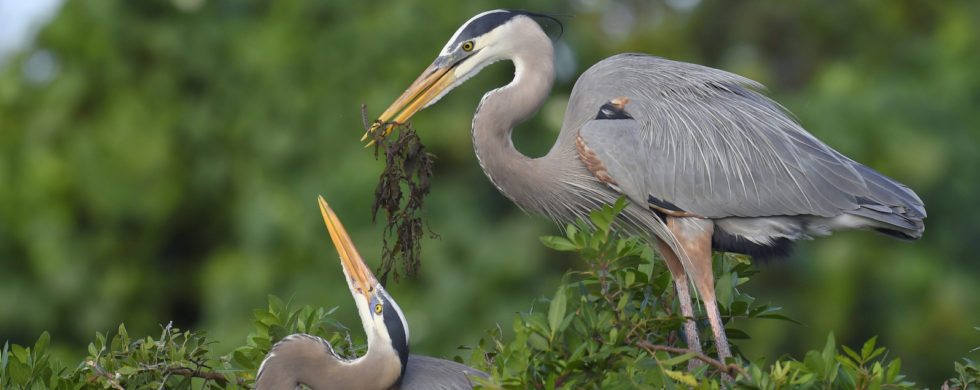
31
2021Venice is for Lovers!
Shot of the Month – August 2021
Ok, so first of all, it isn’t that Venice.
And second, the star-crossed lovers are avian in nature, two lovely Great Blue Herons (GBHs), as shown above.
I found this pair of lovebirds at a nesting site (rookery) in the town of Venice, Florida. There is a small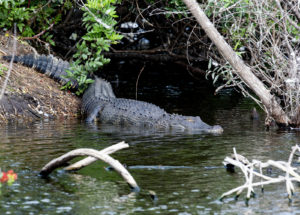 lake in Venice with an island of trees where the herons love to build nests and raise their families. It is a surreal to be in such a developed area and then if you turn down one particular quiet street, boom – you suddenly find nesting BGHs, snowy egrets, anhinga, and other assorted wading birds. The alligators in the lake help dissuade any predators (raccoons for example) from approaching the island so the chicks are quite safe in this urban oasis.
lake in Venice with an island of trees where the herons love to build nests and raise their families. It is a surreal to be in such a developed area and then if you turn down one particular quiet street, boom – you suddenly find nesting BGHs, snowy egrets, anhinga, and other assorted wading birds. The alligators in the lake help dissuade any predators (raccoons for example) from approaching the island so the chicks are quite safe in this urban oasis.
Standing up to four feet in height GBHs are the largest herons native to North America and they are one the most successful wading birds in the Western Hemisphere. Their highly adaptive nature allows them to thrive in a range of habitats and they can be found throughout North and Central America, northern South America, the Caribbean Islands, and even in the Galapagos Islands. Great Blue Herons rarely venture far from bodies of water but they can adapt to almost any wetland habitat and may be found in marshes (both fresh and saltwater), mangrove swamps, flooded meadows, lake edges or shorelines.
GBHs feed primarily on small fish but they can adjust their diet to capitalize on what may be found in a given habitat. They can prey on shrimp, crabs, aquatic insects, rodents and other small mammals, amphibians, reptiles, and birds. For example in Nova Scotia 98% of their diet is made up of flounder while in Idaho voles make up to 40% of the bird’s diet.
These adaptable birds can even be found in highly developed areas, like Venice, Florida as long as there are bodies of water nearby with a food source.
I visited the Venice Area Audubon Rookery during a December when the birds were just beginning their nesting season. The GBH is normally a solitary bird but they breed in colonies that can include 5 to 500 nests. Males tend to arrive at the rookery first and begin building a nest.
Nest building — It all begins with a stick:
During the mating season the Great Blue Herons perform elaborate courtship displays to attract a mate and to build bonds between partners.
Here we see two males stretching their necks to display the glorious neck plumage that develops during breeding season to demonstrate how attractive they are.
Pick Me No, Pick Me
Once the birds pair up the male flies back and forth bringing nesting materials for the female who completes the nest construction ensuring that everything is just right.
When the male returns to the nest after each sortie the couple will often perform ritualized greetings, stick transfers and a nest relief ceremony where they birds erect their plumes and clap their bill tips together.
Ceremonial Stick Handoff:
Here we have some bond-building bill clapping (say that three times fast…):
If all this fancy courtship goes well you get, ehhhh, an adorable (??!!) bundle of joy as shown below:
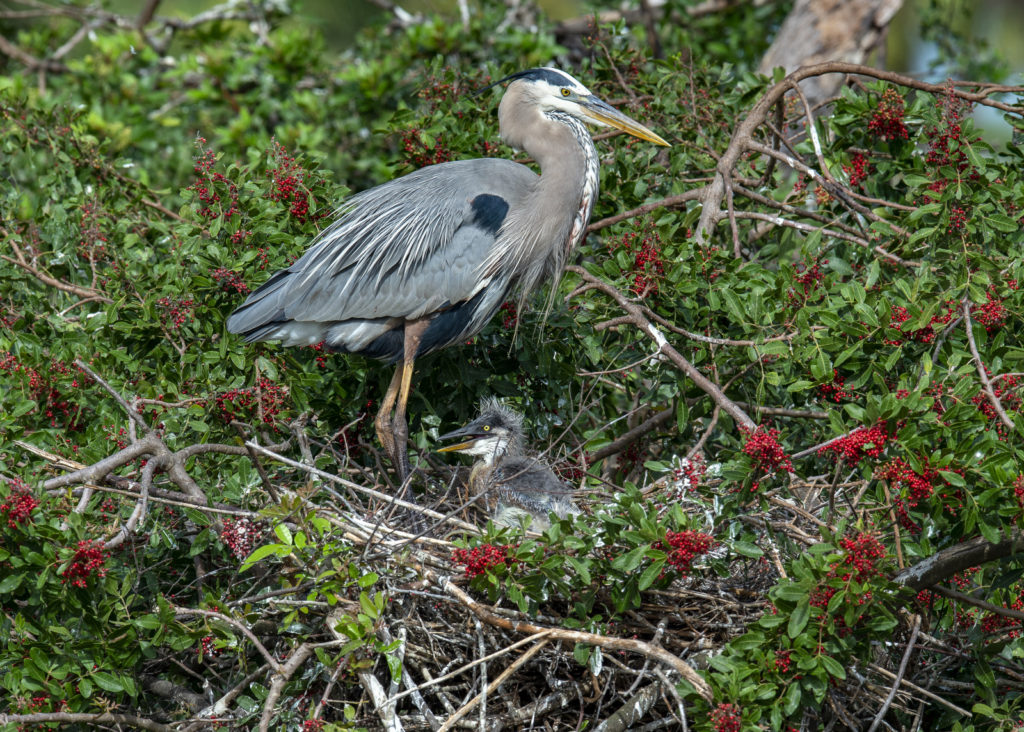
Ahhhh, Venice — love is definitely in the air at this birding hotspot. If you dig bird life consider a romantic get away to visit the rookery between December to May for a fascinating view of the courting ways of the Great Blue Heron and their avian brethren.
Until next month…..michael
Nikon D4S, Nikon 600mm, 1.4x TC (effective 850mm), f/10, 1/500 sec, -0.5 EV
Sources:

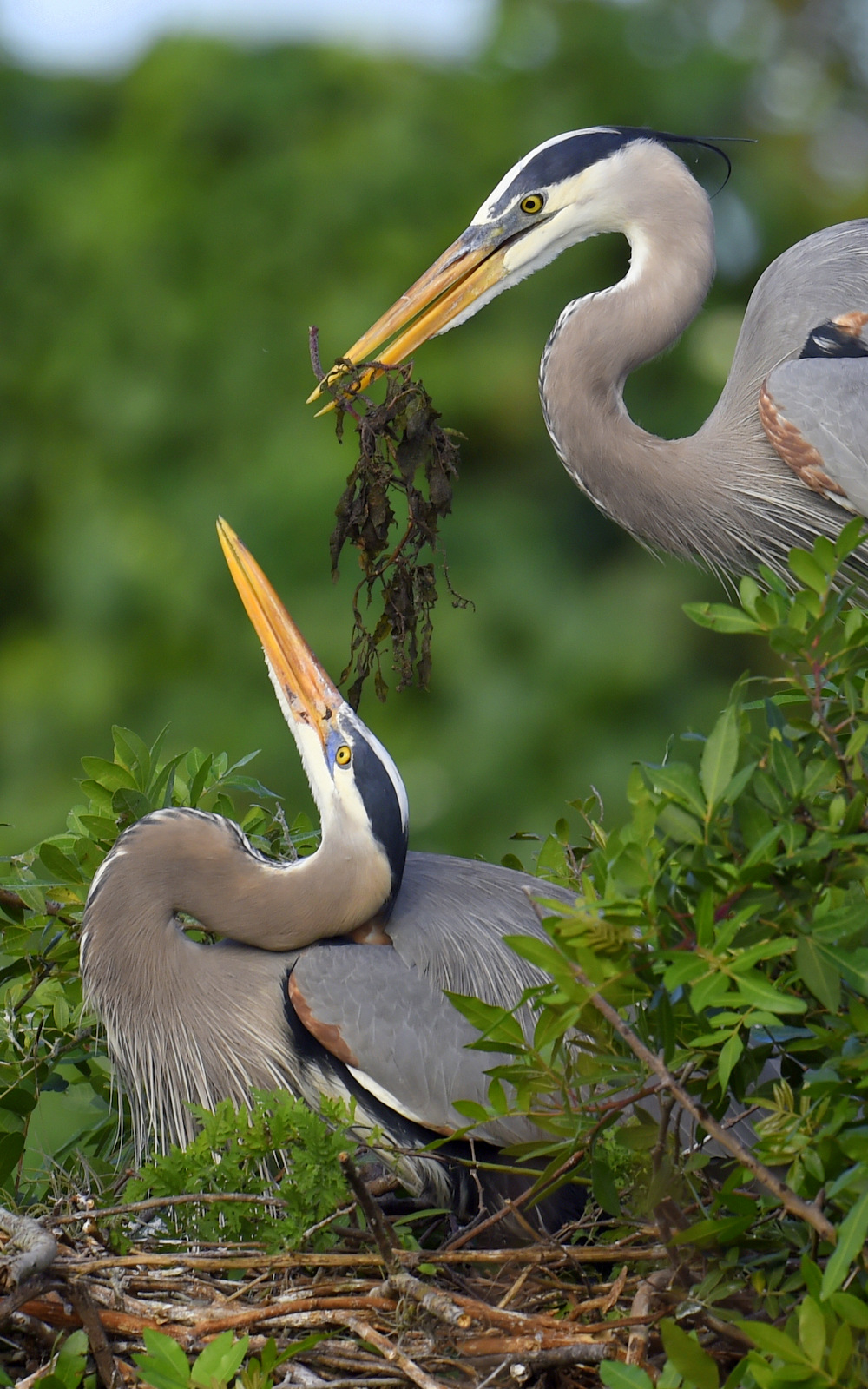
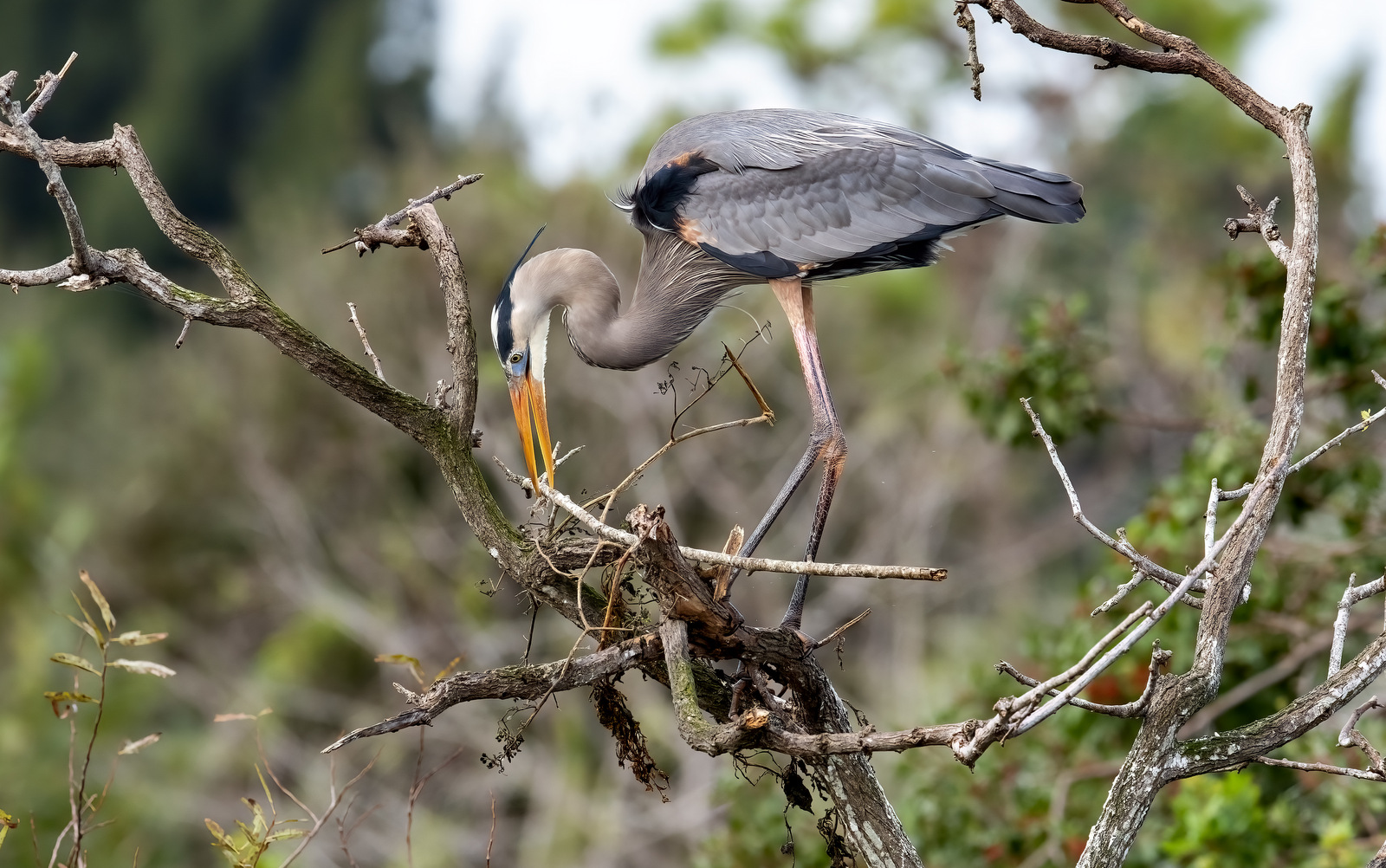
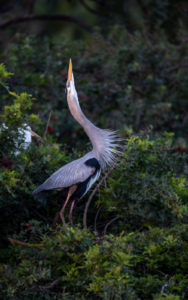
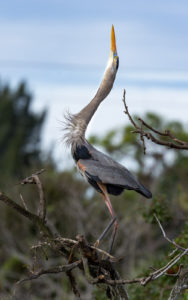
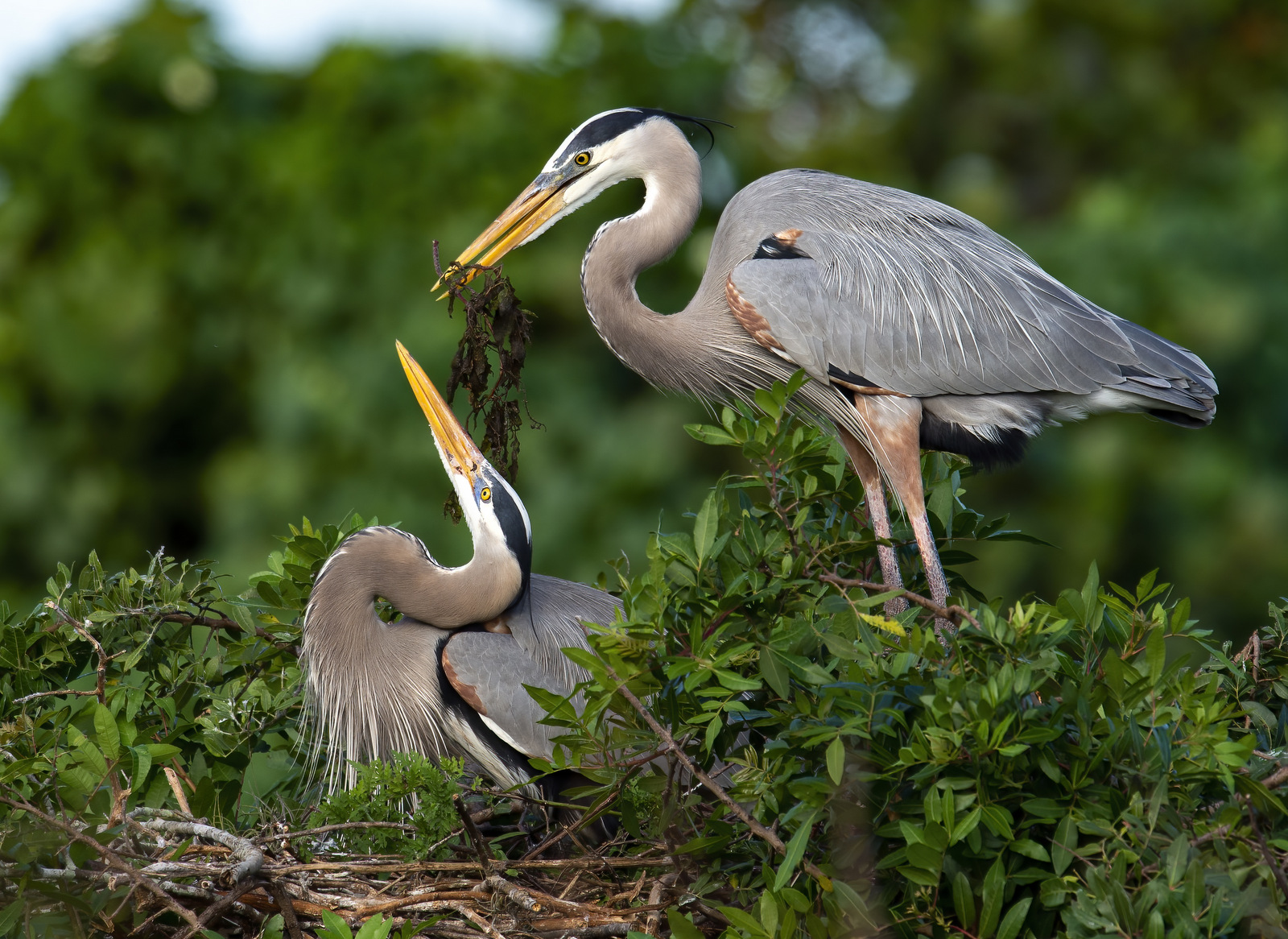
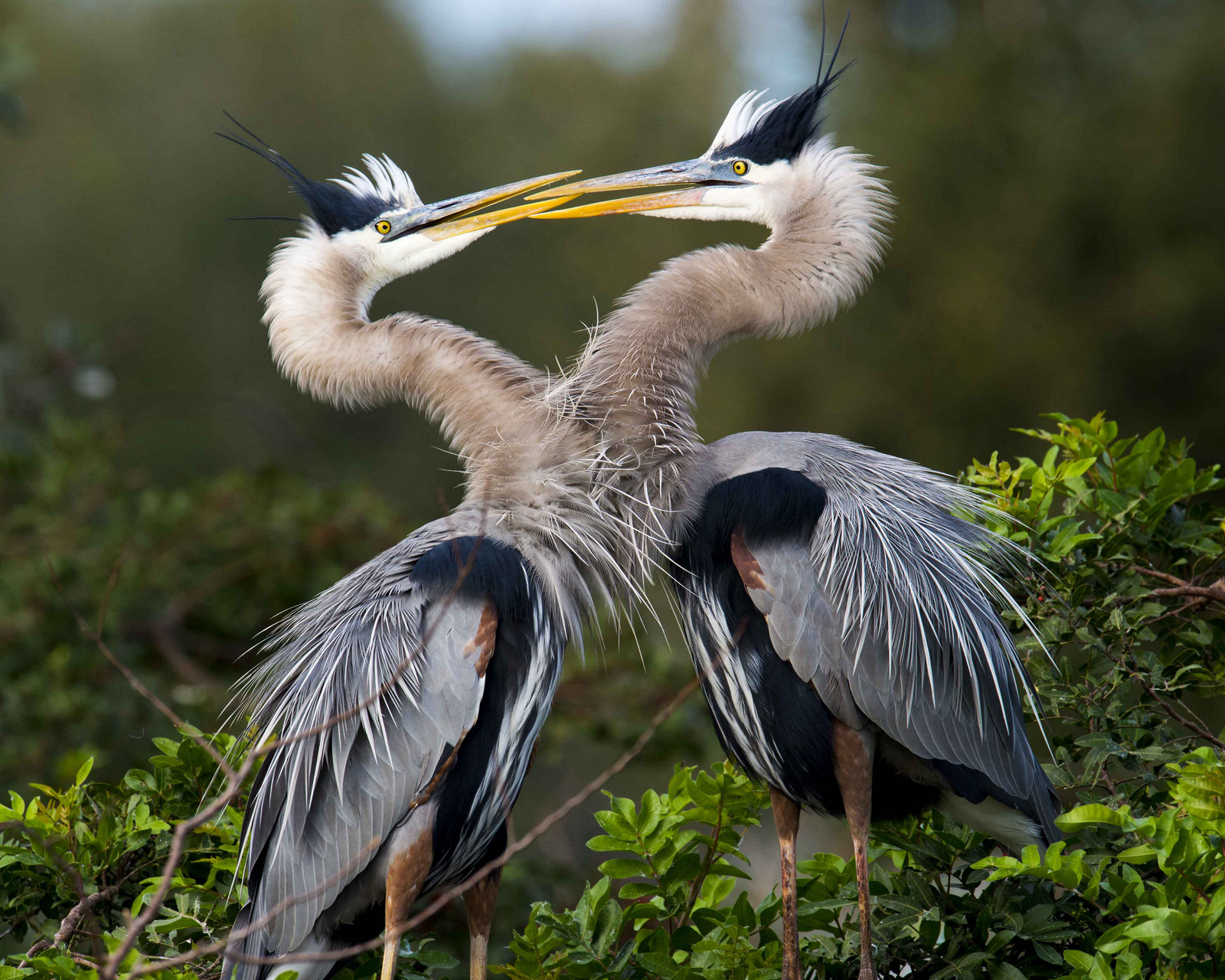
George Rupp
Amazing!